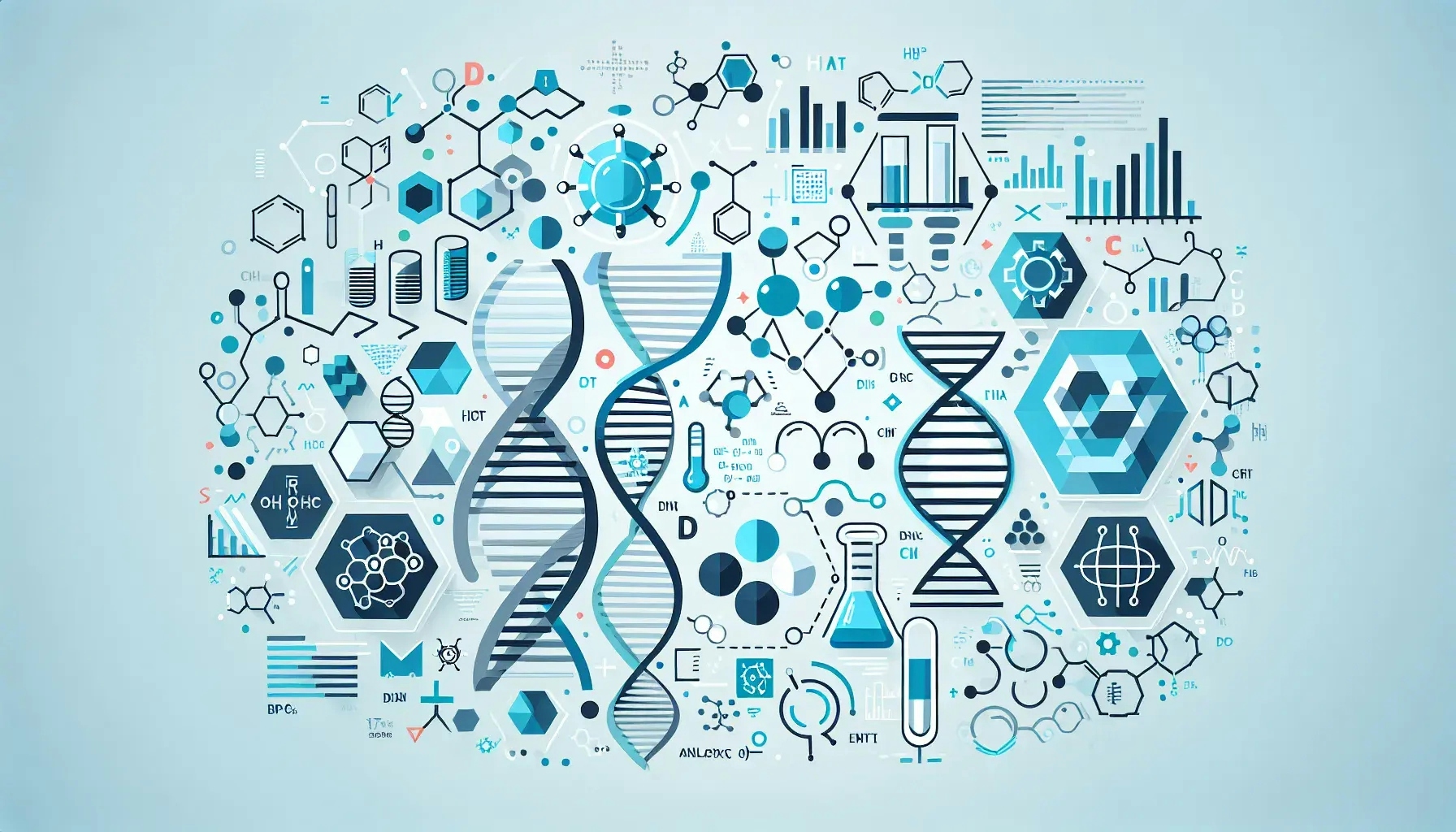Welcome to our exploration of the top tools for bioinformatics research. This post will delve into the world of bioinformatics, a field that combines biology, computer science, and mathematics to analyze and interpret biological data. We'll discuss the best tools that researchers in this field use to make their work more efficient and accurate. These tools range from software for sequence alignment to databases for storing and retrieving biological information. Let's dive in!
The Power of Bioinformatics
Bioinformatics is a rapidly evolving field that plays a crucial role in various biological research areas. It helps in understanding biological processes, discovering new species, and even developing new drugs. But how does it do all this? The answer lies in the tools that bioinformatics researchers use.
One of the most common tools in bioinformatics is sequence alignment software. This software helps researchers compare DNA, RNA, or protein sequences to identify regions of similarity. These similarities can provide clues about the function of these sequences and their evolutionary relationships. Some of the most popular sequence alignment tools include BLAST, Clustal Omega, and MUSCLE.
Another essential tool in bioinformatics is databases. These databases store a vast amount of biological information, such as gene sequences, protein structures, and metabolic pathways. They allow researchers to retrieve and analyze this information quickly. Some of the most commonly used databases in bioinformatics include GenBank, PDB, and KEGG.
Bioinformatics also relies heavily on statistical analysis tools. These tools help researchers analyze large datasets and draw meaningful conclusions from them. R is a popular statistical tool in bioinformatics due to its versatility and the large number of packages available for bioinformatics analysis.
Sequence Alignment Tools
Sequence alignment is a fundamental task in bioinformatics. It involves comparing two or more biological sequences to identify regions of similarity. These similarities can suggest functional, structural, or evolutionary relationships between the sequences.
BLAST (Basic Local Alignment Search Tool) is one of the most widely used tools for sequence alignment. It allows researchers to compare a query sequence against a database of sequences. The tool then returns the best matches along with their statistical significance.
Clustal Omega is another popular tool for sequence alignment. It's particularly useful for aligning multiple sequences simultaneously. The tool uses a progressive alignment approach, which starts with the most similar sequences and gradually adds the less similar ones.
MUSCLE (Multiple Sequence Comparison by Log-Expectation) is a tool that excels in aligning large datasets. It uses a combination of progressive and iterative alignment methods to achieve high accuracy and speed.
Bioinformatics Databases
Databases are indispensable tools in bioinformatics. They store a wealth of biological information, from gene sequences to protein structures.
GenBank is a comprehensive database that contains publicly available nucleotide sequences and their protein translations. It's maintained by the National Center for Biotechnology Information (NCBI) and is updated daily.
The Protein Data Bank (PDB) is a database that stores 3D structures of proteins, nucleic acids, and complex assemblies. It's an invaluable resource for researchers studying the molecular structure of biological macromolecules.
KEGG (Kyoto Encyclopedia of Genes and Genomes) is a database that provides information about genomes, biological pathways, diseases, and drugs. It's particularly useful for researchers studying systems biology and drug discovery.
Statistical Analysis Tools
Statistical analysis is a crucial part of bioinformatics research. It helps researchers make sense of large datasets and draw meaningful conclusions from them.
R is a programming language and software environment that is widely used for statistical computing and graphics. It's highly extensible and has a large number of packages available for bioinformatics analysis.
Bioconductor is a project that provides R packages for the analysis of high-throughput genomic data. It has tools for sequence alignment, gene expression analysis, and much more.
Visualization Tools
Visualization is an essential aspect of bioinformatics research. It helps researchers understand complex biological data and communicate their findings effectively.
Cytoscape is a software platform for visualizing complex networks. It's particularly useful for visualizing molecular interaction networks and biological pathways.
PyMOL is a molecular visualization system. It allows researchers to create high-quality 3D images of molecular structures.
Workflow Management Tools
Workflow management tools help bioinformatics researchers automate and streamline their data analysis workflows.
Galaxy is a web-based platform for data-intensive biomedical research. It allows researchers to create, execute, and share computational workflows.
KNIME is a data analytics platform that provides tools for data integration, transformation, analysis, and visualization. It's particularly useful for researchers dealing with large and complex datasets.
Harnessing the Power of Bioinformatics Tools
Bioinformatics is a powerful field that is revolutionizing biological research. The tools discussed in this post are just a few examples of the many resources available to bioinformatics researchers. By harnessing these tools, researchers can analyze and interpret biological data more efficiently and accurately, leading to new discoveries and advancements in biology.

